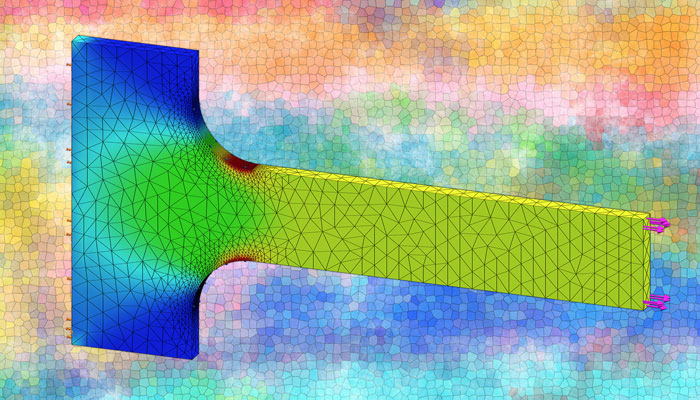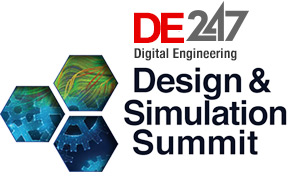Digital Engineering: The Key to Systems-Level Simulation Challenges
At the virtual Design & Simulation Summit on Oct. 6, learn how to address growing systems complexity through digital engineering approaches.

Latest News
October 3, 2022
At the upcoming virtual Digital Engineering Design & Simulation Summit (Oct. 6), attendees will learn how to address systems-level modeling and simulation challenges via digital engineering approaches.
The growing complexity of systems is creating numerous challenges for engineers and designers. There is an increased density of system elements and interactions within the boundaries of a given system. These systems intertwine computational algorithms and physical components, providing organizations tremendous opportunity while exposing them to significant risk, according to Troy Peterson, SSI Vice President and a member of INCOSE’s Board of Directors.
And while systems are more interconnected and complex, development methods have not kept pace. Traditional methods do not adequately address the rate of change. But there is a solution – model-based approaches are the path forward to understanding complexity.

In his session, Systems Level Modeling & Simulation Challenges, Peterson will outline some of the fundamental drivers for digital transformation, why digital engineering is the key to the broader digital transformation, and share some best practices, lessons learned, and activities underway to help pave the path forward to accelerate the realization of these approaches.
According to Peterson, while most organizations leverage models to inform their development process, they are typically integrated through a traditional document-based approach, which is fragmented, slow, and error-prone, lacking the agility and scalability required today. Other organizations are becoming more digitally connected and integrated; however, the approach is often ad-hoc, costly, brittle, and lacks enterprise scalability.
There is an apparent mismatch between the complexity of the systems and our ability to manage and mitigate the associated risks. “We need a distributed architecture, scalability, more open systems, and the ability to apply previous learning to new models,” Peterson said at the recent ASSESS 2022 conference.
According to his abstract for the upcoming virtual conference, “Digital Engineering is now the fundamental approach pursued across industry and government domains to address system complexity and provide the order of magnitude improvements called for by today’s dynamic environment and systems. While models underpin the path forward to apply advanced methods and enable the digital enterprise to respond with the necessary speed, scale, and agility, the integration and augmentation challenges still exist and must be addressed.”
You can register for the session here, and learn more about the virtual Design & Simulation Summit on our website.
Subscribe to our FREE magazine, FREE email newsletters or both!
Latest News






